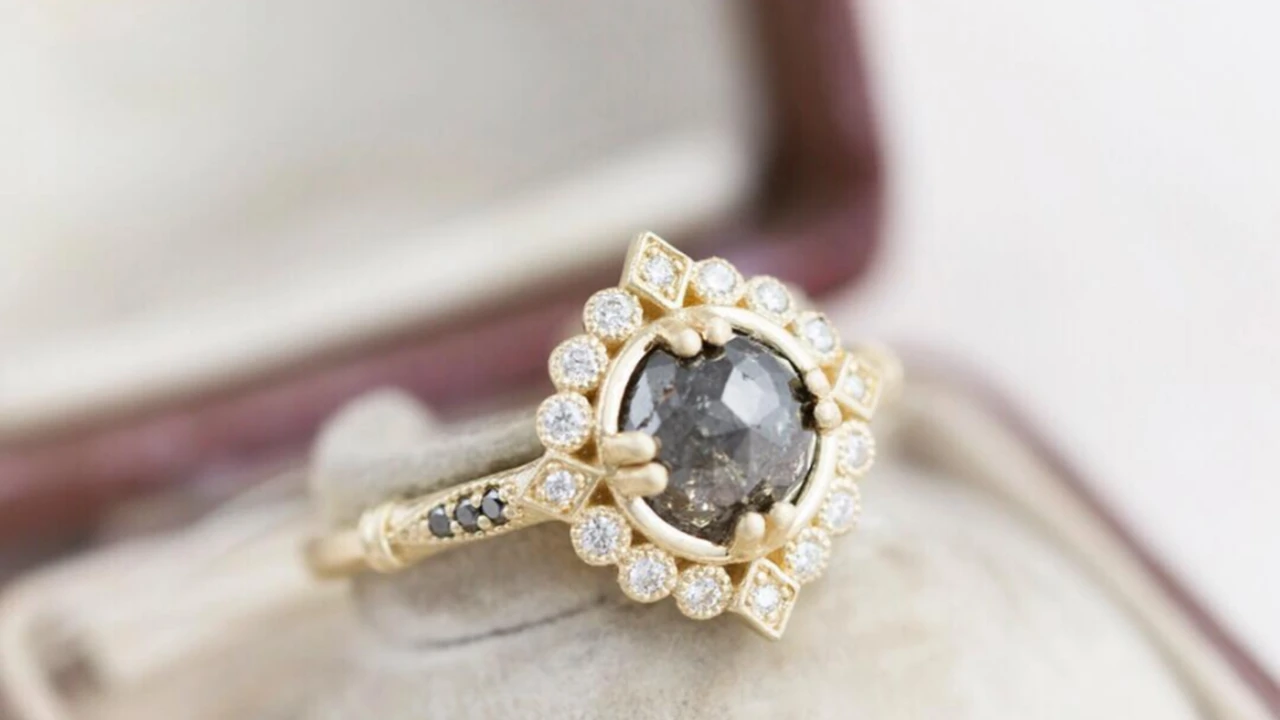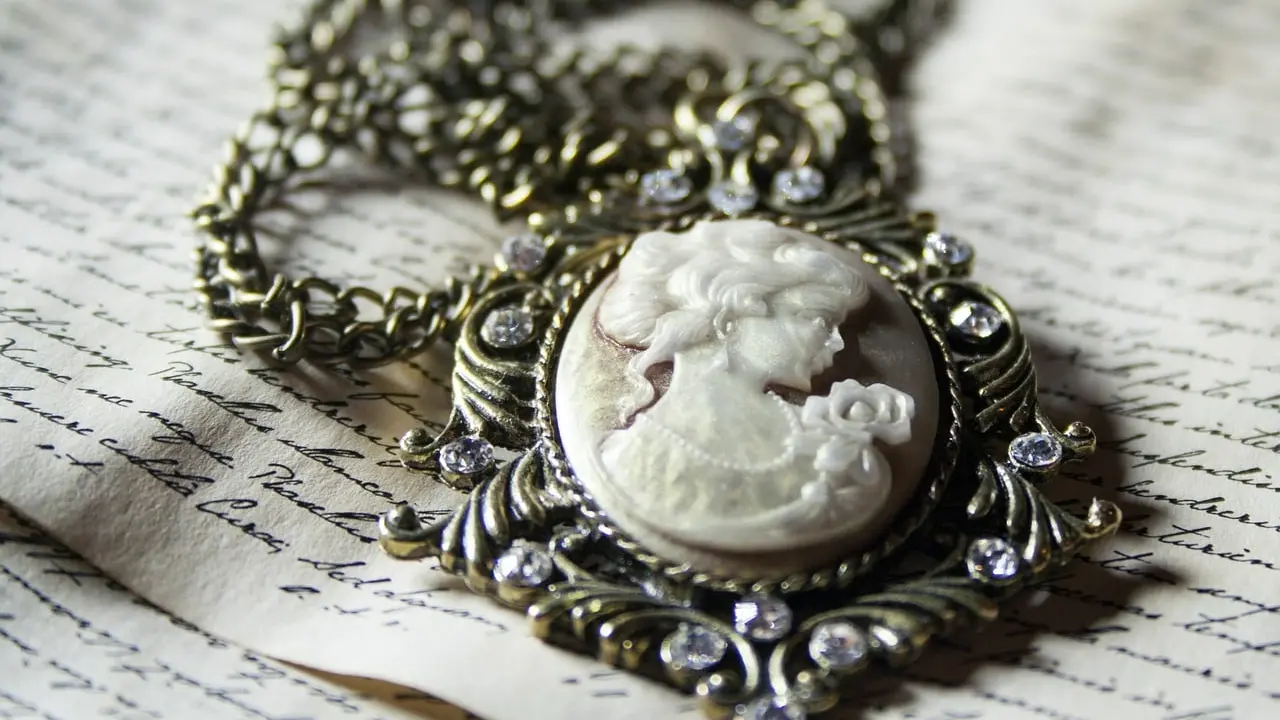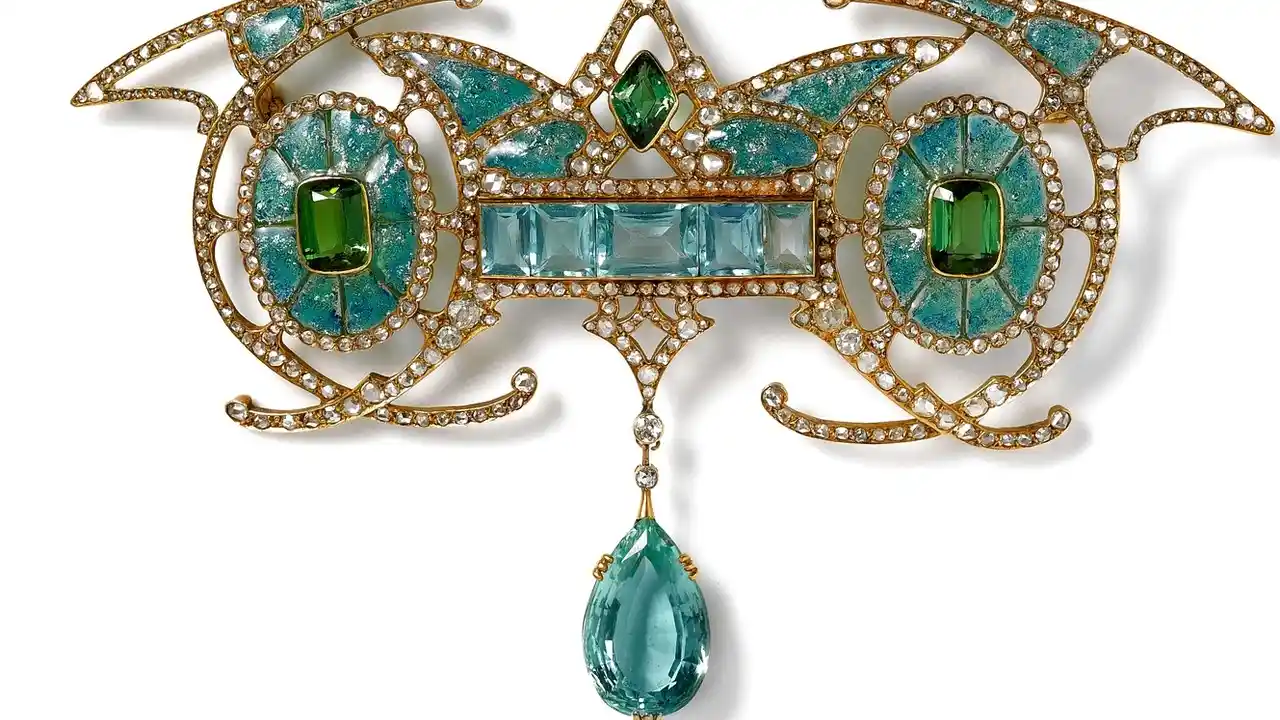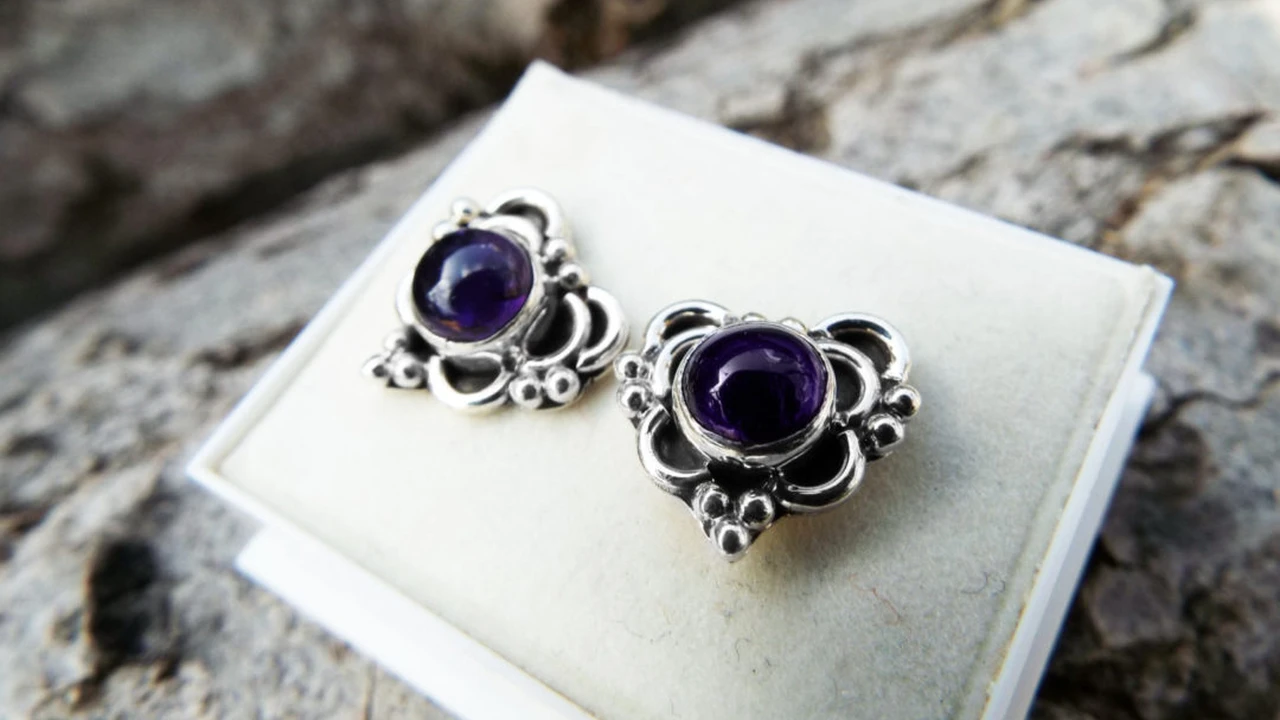Antique Native American Jewelry A History of Craftsmanship
Discover the history and craftsmanship of antique Native American jewelry Learn about different tribes and their unique styles.
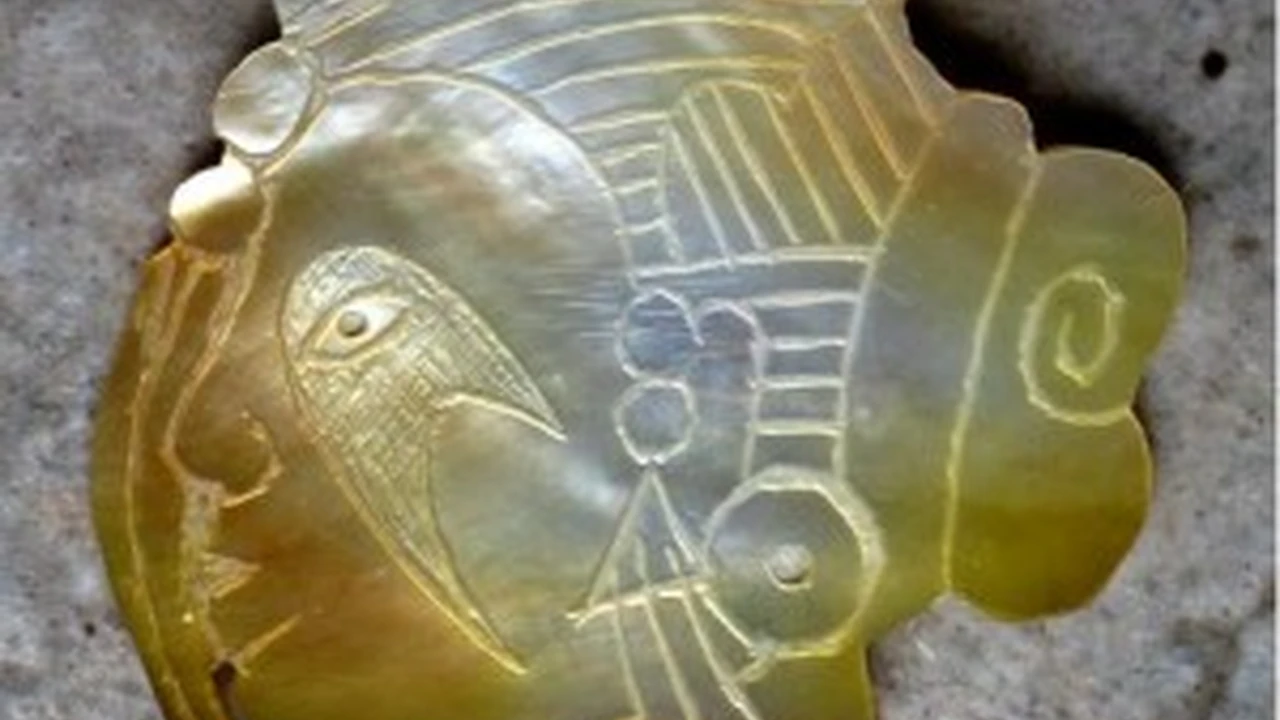
The Enduring Appeal of Antique Native American Jewelry
Hey there, jewelry lovers! Ever been captivated by the intricate designs and earthy beauty of Native American jewelry? It’s more than just adornment; it's a tangible link to a rich cultural heritage. These pieces tell stories of tradition, artistry, and the deep connection between Native American tribes and the land. We're diving deep into the world of antique Native American jewelry, exploring its history, craftsmanship, and the unique styles of various tribes. Let's get started!
A Journey Through Time The History of Native American Jewelry
Native American jewelry making isn't a recent trend; it's an art form that stretches back centuries. Before the arrival of Europeans, Native American tribes used natural materials like shells, stones, bone, and wood to create stunning pieces. Think of intricate wampum belts made from shells by tribes in the Northeast, or the carved bone pendants of the Plains Indians. These early pieces weren't just for decoration; they held deep symbolic and spiritual meaning, often representing clan affiliations, social status, or spiritual beliefs.
The introduction of silver by European traders in the 19th century revolutionized Native American jewelry. Navajo silversmiths quickly adopted the new material, blending their traditional designs with the malleability of silver. Turquoise, coral, and other gemstones were soon incorporated, adding vibrant colors and enhancing the beauty of these pieces. This marked the beginning of what we now recognize as classic Native American jewelry.
Tribal Styles A Kaleidoscope of Designs
One of the most fascinating aspects of antique Native American jewelry is the diversity of styles among different tribes. Each tribe developed its own unique techniques, motifs, and materials, reflecting its distinct cultural identity. Here are a few examples:
Navajo Jewelry Silver and Turquoise Masterpieces
The Navajo are arguably the most well-known for their silver and turquoise jewelry. They're famous for their squash blossom necklaces, concho belts, and intricate silver bracelets. Look for pieces featuring stamped designs, repoussé work (raised designs hammered from the back), and cluster settings of turquoise stones. Navajo jewelry often incorporates symbols like the Yeibichai (holy people) and the hogan (traditional Navajo dwelling).
Zuni Jewelry Inlay and Petit Point Perfection
The Zuni tribe is renowned for its lapidary skills, particularly inlay and petit point techniques. Inlay involves carefully fitting small pieces of different gemstones (turquoise, coral, jet, shell) into a silver setting to create a mosaic-like design. Petit point features tiny, hand-cut stones set in a delicate cluster. Zuni jewelry often depicts animals, birds, and geometric patterns.
Hopi Jewelry Overlay Technique and Symbolic Motifs
Hopi jewelry is characterized by its unique overlay technique, where two layers of silver are soldered together, and the top layer is cut out to reveal the design on the bottom layer. This creates a distinctive depth and texture. Hopi jewelry often features symbolic motifs such as the sun, clouds, rain, and kachinas (spiritual beings).
Santo Domingo Jewelry Shell and Stone Beads
The Santo Domingo tribe is known for its heishi necklaces, made from meticulously ground and polished shell and stone beads. These necklaces can be incredibly long and feature a rainbow of colors. Santo Domingo jewelry also includes mosaic pendants and earrings made from turquoise, jet, and shell.
Spotting Authentic Antique Native American Jewelry Identifying Key Features
So, you're ready to start your own collection of antique Native American jewelry? Here are a few tips for identifying authentic pieces:
* **Material:** Look for genuine silver, turquoise, coral, and other natural materials. Be wary of pieces made from plastic or imitation stones.
* **Hallmarks:** Many older pieces will not have hallmarks, but some may have the artist's initials or a tribal mark. Research common hallmarks of known Native American artists.
* **Craftsmanship:** Examine the piece closely for signs of handcrafting. Look for imperfections, tool marks, and variations in the design. Mass-produced pieces will often be too perfect.
* **Patina:** Antique silver will develop a natural patina over time. Avoid pieces that look too shiny or have been overly polished.
* **Provenance:** If possible, try to learn about the history of the piece. Who owned it? Where did it come from? Provenance can add value and authenticity.
Recommended Antique Native American Jewelry Pieces
Ready to add some stunning pieces to your collection? Here are a few recommendations, along with potential use cases and price ranges:
Antique Navajo Squash Blossom Necklace
* **Description:** A classic Navajo squash blossom necklace featuring silver beads, naja (crescent-shaped pendant), and turquoise blossoms.
* **Use Case:** This necklace is a statement piece that can be worn with both casual and formal attire. It's perfect for adding a touch of Southwestern flair to any outfit.
* **Price Range:** $500 - $5000+ depending on the size, age, and quality of the turquoise.
Antique Zuni Petit Point Earrings
* **Description:** Delicate Zuni petit point earrings featuring tiny turquoise stones set in a silver cluster.
* **Use Case:** These earrings are perfect for everyday wear. They're lightweight, comfortable, and add a subtle pop of color to your look.
* **Price Range:** $100 - $500
Antique Hopi Overlay Bracelet
* **Description:** A Hopi overlay bracelet featuring a symbolic design such as the sun or rain.
* **Use Case:** This bracelet is a conversation starter. Wear it to showcase your appreciation for Native American art and culture.
* **Price Range:** $300 - $1000+ depending on the artist and complexity of the design.
Antique Santo Domingo Heishi Necklace
* **Description:** A long Santo Domingo heishi necklace made from shell and stone beads in a variety of colors.
* **Use Case:** This necklace can be worn long or doubled for a layered look. It's perfect for adding a bohemian touch to your outfit.
* **Price Range:** $200 - $800
Comparing Different Types of Antique Native American Jewelry
Let's compare a few of these pieces to help you decide which one is right for you:
* **Navajo Squash Blossom Necklace vs. Santo Domingo Heishi Necklace:** The squash blossom necklace is a bolder, more formal statement piece, while the heishi necklace is more casual and versatile. The squash blossom typically commands a higher price due to the use of silver and turquoise.
* **Zuni Petit Point Earrings vs. Hopi Overlay Bracelet:** The earrings are more delicate and understated, while the bracelet is more eye-catching. The Hopi overlay technique requires a high level of skill, which can increase the value of the piece.
Where to Buy Authentic Antique Native American Jewelry
Finding authentic antique Native American jewelry requires careful research and a discerning eye. Here are a few trusted sources:
* **Reputable Antique Dealers:** Look for dealers who specialize in Native American art and have a strong reputation for authenticity.
* **Auction Houses:** Major auction houses often feature Native American jewelry in their sales. Be sure to examine the pieces carefully and request a condition report.
* **Museum Shops:** Museum shops are a great source for high-quality reproductions and contemporary pieces inspired by antique designs.
* **Native American Art Markets:** Attending Native American art markets is a fantastic way to meet artists and purchase directly from them.
Remember, buying antique jewelry is an investment, both financially and culturally. By taking the time to learn about the history, craftsmanship, and tribal styles, you can build a collection that you'll treasure for years to come. Happy hunting!
:max_bytes(150000):strip_icc()/277019-baked-pork-chops-with-cream-of-mushroom-soup-DDMFS-beauty-4x3-BG-7505-5762b731cf30447d9cbbbbbf387beafa.jpg)



